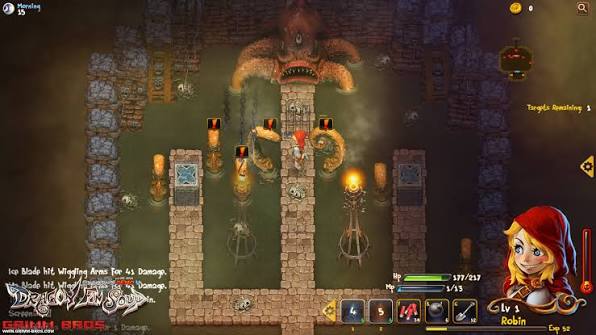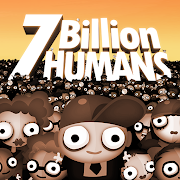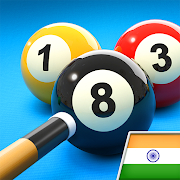Article Map: Exploring the World of Game of Thrones
Introduction
- Purpose: Introduce Game of Thrones as a transformative series,adult mobile games emphasizing its influence on television and fantasy storytelling.
- Key Points:
- Overview of the HBO series (2011–2019), map on game of thrones adapted from George R.R. Martin’s A Song of Ice and Fire.
- Highlight global viewership, critical success, and dedicated fandom.
- Emphasize the mix of political drama, nuanced characters, and epic fantasy elements.
- Thesis: Game of Thrones redefined modern television map on game of thrones through its intricate world, morally complex characters, and shocking narrative twists, leaving a lasting cultural legacy.
- Tone: Enthusiastic, inviting, setting an engaging foundation for the article.

Section 1: The Immersive World of Westeros
- Purpose: Detail the richly crafted setting that captivates viewers and anchors the series’ narrative.
- Key Points:
- Describe Westeros and Essos: varied landscapes map on game of thrones (frozen North, arid Dorne) washers game and distinct cultural identities.
- Outline the feudal structure, focusing on major houses (e.g., Starks, Lannisters) and their sigils/mottos.
- Highlight supernatural elements (White Walkers, dragons)map on game of thrones and their narrative significance.
- Explain how detailed world-building (e.g., constructed languages, historical lore) deepens audience immersion.
- Supporting Details:
- Reference key locations: map on game of thrones King’s Landing, Winterfell, Games the Wall.
- Note Martin’s historical inspirations, such as the War of the Roses.
- Tone: Vivid and descriptive, showcasing the setting’s depth and allure.

Section 2: Morally Complex Characters
- Purpose: Analyze the layered characters that drive emotional engagement and narrative complexity.
- Key Points:
- Introduce central figures: Jon Snow (honor vs. duty), map on game of thrones Daenerys Targaryen (savior vs. conqueror), Tyrion Lannister (intellect vs. allegiance).
- Discuss moral ambiguity: characters evolve, defying hero/villain archetypes (e.g., Jaime Lannister’s arc).
- Explore motivations tied to family, power map on game of thrones , or vengeance, shaping their decisions.
- Highlight how unexpected deaths (e.g., Ned Stark) challenge conventional storytelling.
- Supporting Details:
- Cite specific moments: Cersei’s calculated cruelty,virtual reality games Arya’s pursuit of justice, Tyrion’s courtroom defiance.
- Mention fan resonance with character arcs and pivotal scenes.
- Tone: Analytical, emphasizing psychological depth and emotional impact.
Section 3: Political Drama and Narrative Shocks
- Purpose: Examine the series’ unpredictable storytelling and intricate political maneuvering.
- Key Points:
- Outline the core conflict: the struggle for the Iron Throne amid looming supernatural threats.
- Highlight iconic plot twists (e.g., Red Wedding, Hodor’s revelation) and their emotional weight.
- Analyze political intrigue: betrayals, alliances, and scheming (e.g., Littlefinger’s manipulations).
- Note the series’ subversion of expectations, maintaining suspense throughout.
- Supporting Details:
- Reference standout episodes: “The Rains of Castamere,” “Battle of the Bastards.”
- Acknowledge fan critiques of later seasons’ pacing and narrative choices.
- Tone: Dynamic, capturing the intensity and surprise of the storytelling.
Section 4: Cultural Significance and Enduring Legacy
- Purpose: Reflect on Game of Thrones’ transformative impact on television and its ongoing influence.
- Key Points:
- Discuss its role in mainstreaming high-budget fantasy and serialized narratives.
- Highlight fan culture: conventions, online discussions, and fan theories.
- Mention spin-offs (e.g., House of the Dragon) and sustained relevance.
- Address controversies (e.g., Season 8 backlash) video game character dti while affirming its lasting popularity.
- Supporting Details:
- Cite metrics: 59 Emmy wins, 19.3 million finale viewers.
- Tone: Reflective, celebratory, with a balanced nod to criticisms.

Conclusion
- Purpose: Summarize key themes and inspire continued engagement with the series.
- Key Points:
- Recap the series’ strengths: immersive world, video game truck complex characters, bold storytelling.
- Affirm its groundbreaking status despite flaws.
- Encourage revisiting the show or exploring Martin’s novels.
- Tone: Concise, uplifting, and appreciative.
Writing Notes
- Style: Combine narrative flair with analytical insight for accessibility and depth.
- Word Count Allocation:
- Audience: Fans and newcomers; assume basic knowledge but limit spoilers to widely known events.
- Sources:
- Draw world-building details from Martin’s novels.
- Use HBO press materials or IMDb for viewership and awards data.
- Avoid unverified fan theories or speculation.
- Tone: Passionate yet objective, addressing criticisms briefly to maintain focus on strengths.








